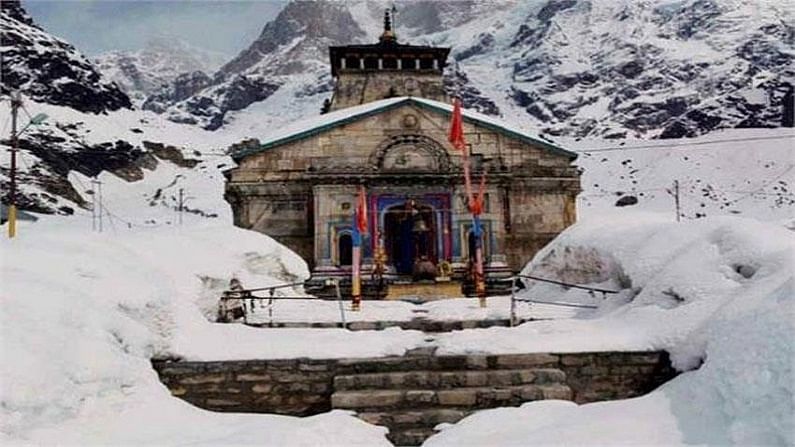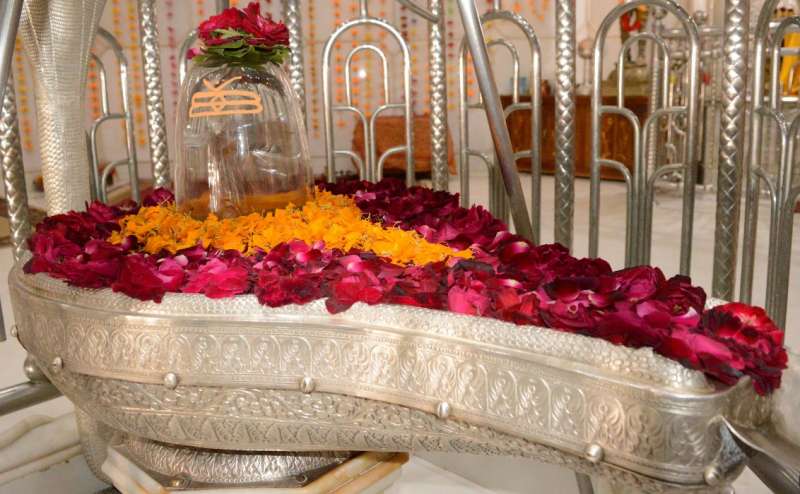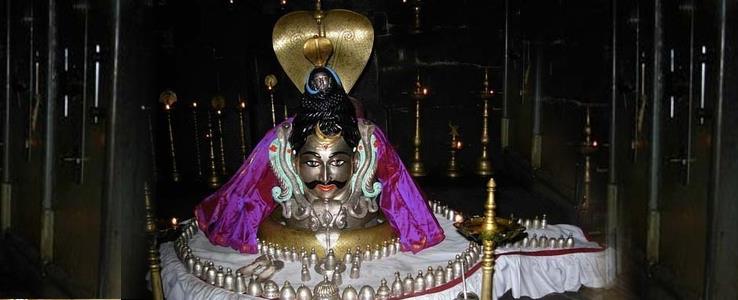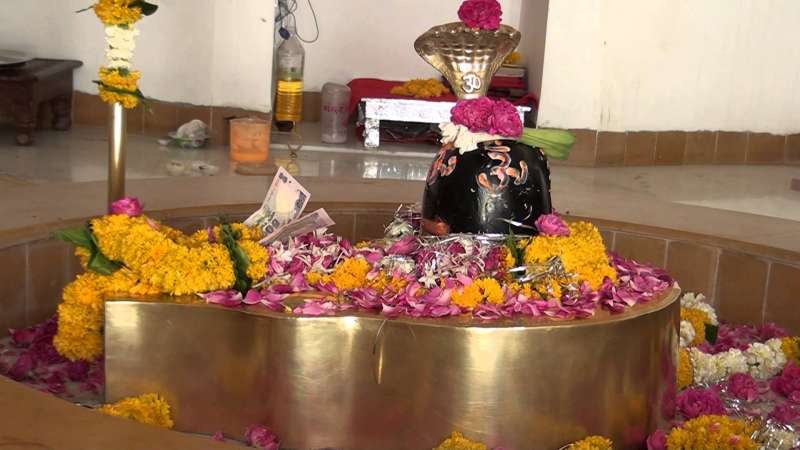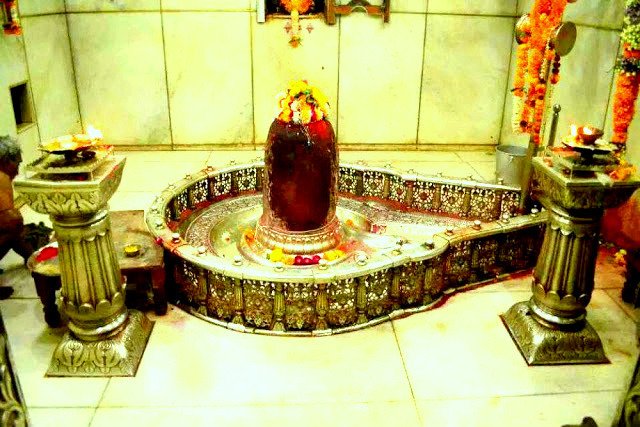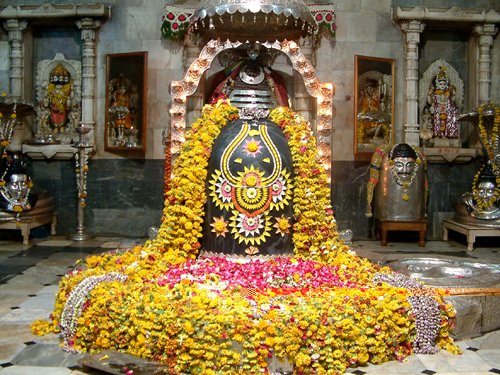How I’ve Become A Super Fan of “Lord Shiva – The Adiyogi”
From my childhood, I have been a super fan of Shiva – the Adiyogi, with his amazing personality. I am referring to “HE” as I know him as a male God. Am thinking about where to start and where to end. Finding what he is or what he is not. It’s rather very difficult to justify these concepts and myths around Shiva.

The first thing is whenever I used to perceive the word Shiva it draws enormous attention within my mind. I have gone through so many images of him, so many saying from my elders and from so many Gurus, He defines all. I have gone many places for a better understanding of Shiva and many wiser people and the knowledgeable person had shared their knowledge about who is Lord Shiva – The Adiyogi.
There are profoundly different sayings, stories, and other folklores that exist about Shiva. Principally the dictionary meaning of “SHIVA” which came from grammatical notation (vyakaran) is, “Auspicious, Propitious, Gracious, Benign, Kind, Benevolent, Friendly”.
Table of Contents
How I Got Introduced and become Super Fan of Shiva?

Coming back to the question of how I got introduced to Shiva? When I was a very young child my whole family use to celebrate “SHIVARATRI” and this festival among many other festivals is very famously known all over India. Shiva is also very famous for holding mother “Ganga” from his “Jata”[dreadlocks] , he is known as Gangadhar or Gangeswar.
My mother is a strong devotee of Shiva and she used to perform fasting and often tells me the (Mahima) glory of Shiva by a variety of stories. She used to tell me to adore Shiva whenever I face any trouble in life. She taught me the mantra “Om Namah Shivay”. And this mantra had done so many miracles in my life.
What is the history of Shiva? How he became the “Devon Ka Dev – Mahadev”
There are various sources exist such as Scriptures, Samhita, Veda, etc. which discover the idea of Shiva and where it came from. Is the name means a person or what is the name is associated with according to Sanskrit? I will simplify all I can, most of them are stories from various resources.
Shiva is neutral for all creation. It means he is The Auspicious One and The Great God who is the source of all the other Devas. He stays in ‘Kailash’ and stays solitary. There exist other sections of creation also and they are termed as “Asuras”. Even their supreme being is also considered as Shiva.
Trimurti – “Three Forms” of God
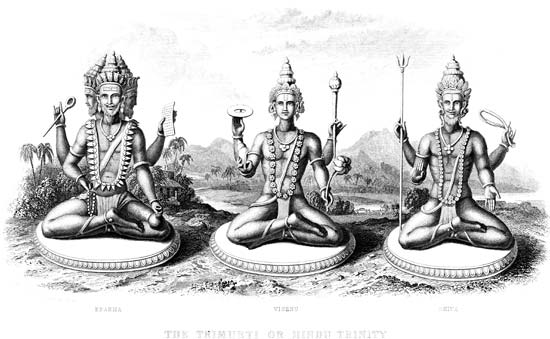
In most of the traditions in Hinduism, Shiva is associated with the famously known relation of Three Gods or Trimurti. These three orators of the universe maintain balance in creation, maintenance, and destruction. These three states are fundamental states of matter considered in physics.
“Srishti” or creation is performed by Lord Brahma and he is known as the creator. “Sthiti” in Sanskrit means maintenance or stability for any matter or anything. Lord Vishnu is the maintainer and finally, Shiva is known as “Vinasha” or god of destruction – Rudra Deva.
Association of names of Shiva
Various names of Shiva has a lot of significance with various meaning. The primary object of Shiva is to destroy the evil within. He is known as “Param Brahma”. Shiva is also known as “Ardhanarishwar” which means half of the portion of Shiva contains manifestation of feminine power as “Mata Shakti” and another half of Shiva is masculine.
Shiva is also called “Sundaramurthy” as the most beautiful face. During the marriage ceremony of Shiva, he came putting freshly cremated ash all over his body. Looking at the bride Shiva, mother of “Mata Parvati” or the mother in law fainted, and later with the request of “Devi Parvati” or the incarnation of all energy as “Mata Shakti”, Shiva changed his form to the most beautiful looking God.
How Shiva Came to Us?
There is much history connected with the creation of the idea of Shiva. Many people say he was the first realized being. He is the creator of the “Brahmand” or we say Supreme Being. Brahma means the realized being and “Brahmand” means the creator of the universe. In this sense, Shiva is also known as the creator of everything.
Shiva – The Destroyer
There are many traditions in Hinduism connected with Shiva. In India, everyone knows Shiva as the “Adiyogi” or Mahayogi (The Greatest Yogi). Being the Adiyogi he was the first person who shared his knowledge of union or yoga with us. He showed us 112 ways to reach the ultimate liberation through the knowledge of yoga.
Why Shiva Is Worshipped In Linga Incarnation?

It is because if you know the essence of life it is everything yet nothing. Because one or the other day you have to leave everything including your body-mind everything. But almost all creation including human or animal life is created through the reproduction process.
The “Linga” [The male organ – Penis] and “Yoni” [The female organ – Vagina] symbolizes the basis of creation. This essentially means any creation needs enormous power everywhere. This was well-known to our ancient sages Saints for a long time. To describe this as the secret of creation involves many Emotional, Mental, Physical, and other dimensions of our life.
Shiv-Puran
In Hindu Puranas, there are many stories associated with Shiva. In “Shiv Puran” helps us to articulate who is Shiva. Shiva was neither born nor Shiva doesn’t have any ancestral history or lineage to hold on to. He is “Nithya Mukta” or free from everything.
It’s very surprising that there are types of ideas and knowledge we have about Shiva. In fact, he can be anyone, Shiva can be you, me anybody. Shiva is ultimately the god of the Gods or the “Devon Ka Dev – Mahadev”. Such magnanimous qualities when you bring within yourself you can become Shiva.
Ishwar – Shiva
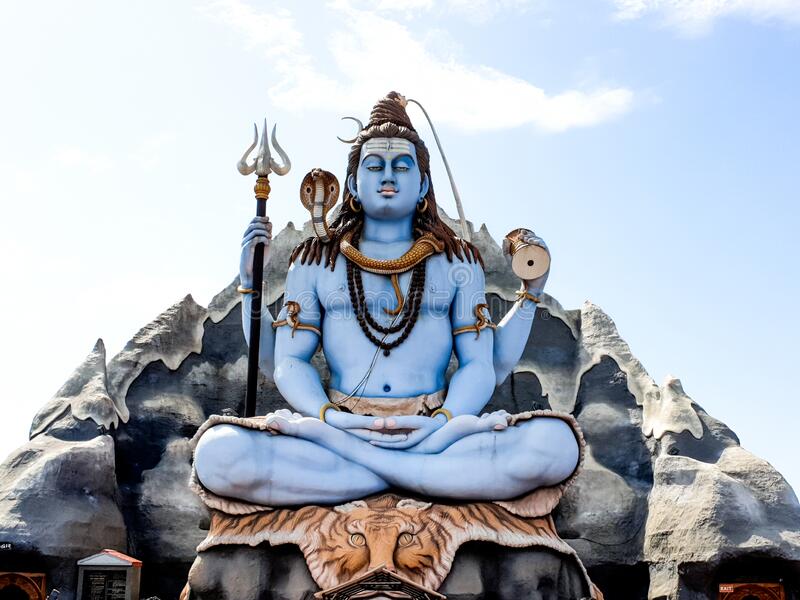
Various names of Shiva suggest the qualities of the God Shiva. According to Sri Sri Ravi Shankar, he had a beautiful answer of who is Shiva. He expresses “what is not Shiva? Shiva Shambhu is the form of someone sitting in someplace? No Shiva is the entire Universe. He is in every atom of the universe. All creation is of himself but doesn’t have a body. He is the infinite divinity that you can manifest within.
Shiva – The Principal
Shiva is in fact a principal. Many people say there is a difference between Shiva and Shankara. But essentially it is the divinity within. This has to be felt or realized. His way of living is all about sacrifice renunciation.
Shiva – The “Mahakal” [Time God]
Shiva is beyond time means he exist when there was no such sense of time. Shiva is also known as the Mahakal or The God who is beyond time. Many scriptures and writing from sages, rishis express that Shiva existed beyond any time. His existence was when nothing exists.
Shiva – The Source of Darkness
If you see in this way that you see other Gods like “Vishnu” or “Brahma” they all are the source of light. But Shiva is called the god of Darkness. According to the appearance of Shiva he holds the moon in his crescent, a snake in his throat, and a Trishul and a Damaru on his hand. These all are symbolic.
Are Shiva and Shankara are Two different Gods?
Many people believe Shiva and Shankara at two different existences. But it is considered as belief. The existential idea about Shankara was the Aadinath or Nandinath. Nandinath was a great phenomenon who once lived in Mount Kailash. He had initiated 8 disciples for teaching yoga.
He was also considered as Adiyogi according to many. Nandinath’s disciple was Sanatkumar, Sanakar, Sanadanar, Sananthanar, Shivayogamuni, Patanjali, Vyaghrapada, and Tirumular. He sent all these Yogis to different places.
Story of Nandinath
Many people approximated Nandinath actually came from Tibet. According to many Yogis, Shankara was the Adiyogi or the Aadinath. He lived in Kailash and was the first Guru of yoga. His disciple was Matsyendranath also known as Machindranath. Matsyendranath has taught yoga in many places in northern India.
Yogi Matsyendranath had revived yoga and he was associated with the chant “Shivoham” or I’m Shiva. Matsyendranath was considered as the guru of Gorakhnath who is also an important saint and yogi for Hindu as well as Buddhist tradition. Legend says Machindranath was the disciple of Nandinath
Origination of Vigyan Bhairav Tantra

There is much debate regarding the 112 ways Shiva thought was for realizing the path of spirituality and finding the ultimate realization. He taught this to his wife Parvati and essentially it came to all the Yogis to other parts of India. This is also known as “Vigyan Bhairav Tantra”.
“Vigyan Bhairav Tantra” is one of the important parts of Tantra Yoga. According to Tantra Yoga, Vigyan Bhairav Tantra was given by Aadinath or Nandinath. On the historical notion, it is called “Bhairav Tantra”. It is one of the rare texts named “Rudrayamala” followed by Kashmiri Shaivism.
Puranik Stories
In Purans, Shiva has enormous potential or energy flow within him. The knowledge didn’t have words or which is out of the word or out of the description. This is because he, himself is the knowledge and he transferred his knowledge to his son Ganesha and Devi Saraswati.
Lord of the Dance and Music
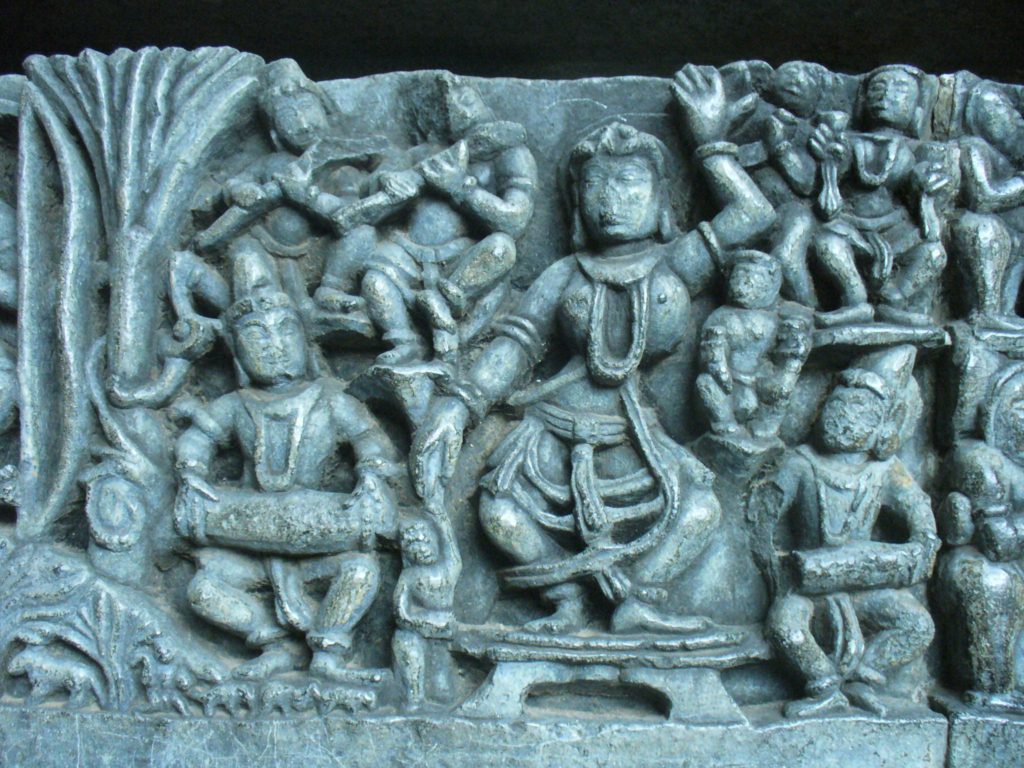
Shiva is also known as the Lord of the dance Nateshwar. Shiva and his wife Durga or named Parvati are inseparable and in Hinduism. To worship them as separate God and Goddess as they are two different identities. It is because Shiva stays in the form of Ardhanarishwar.
Shiva as Ardhanarishwar
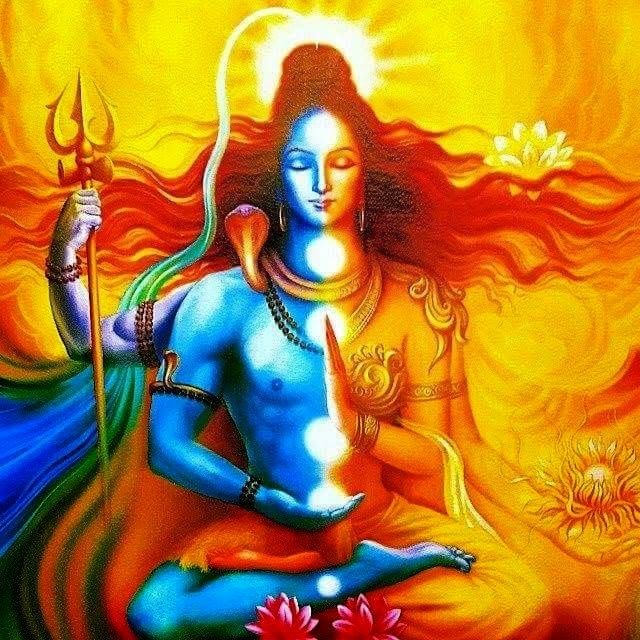
Shiva is considered as in the form which Indian Saints used to represent as Purusha and Prakriti. Purusha is the Adiyogi as he is the Adi Guru Shiva himself and Prakriti is the feminine power or the Shakti (who is the energy or force that lies in every living being). It’s like to different entity yet reflected as one whole being. For example, when you fire up something it also emits light so these two are different entities.
Was Shiva Is The Real Inventor Of Yoga?
Regarding yoga, Shiva is the first inventor of yoga who shared the knowledge of yoga by the conversation happened between him and Parvati. He started giving the way of the ultimate realisation of 112 ways. According to many yogis like what Sadhguru says Shiva appeared around 15,000 years ago.
Regarding the scriptures, Purana and Vedas there are 112 techniques originally from the scripture of Vigyan Bhairav Tantra. Shiva himself was considered as the Tantreswar or Tantrikeswar.
Now this approximation of time has created a lot of debate and many people give counter logic towards this. Anyways if we see the time it can be somewhere between 15000 to 20000 years ago or maybe before that, we’re not sure about the time.
Shiva and Saptarishi
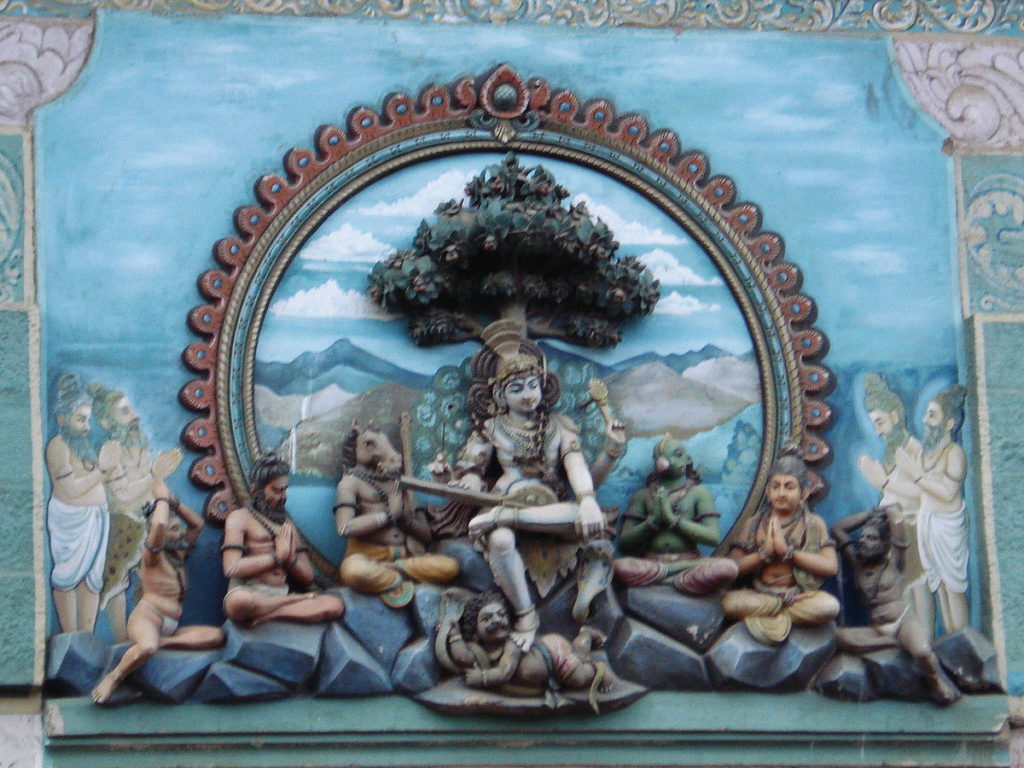
But essentially it means that in a very ancient time Shiva taught the idea of yoga to the seven sages known as Saptarishi. The Saptarishi had spread the knowledge of Yoga in various parts of the world. They were Vasishta, Marichi, Atri, Angira, Pulashta, Pulaha, and Kratu.
Many other bloggers, unfortunately, mention Gotras which was named after many munis in Ancient times in India as Saptarishi, which is wrong. Such as Bhardwaj, Jamadagni Kashyap, Sandilya, Batsav, Garga, and Vishwamitra. They all have profoundly spread knowledge of Gita in different parts of the world.
Shiva – Yogeshwar
Shiva showed the way for sharing knowledge or experiencing the ultimate realisation it is important to maintain our humanity and physicality at optimum level. The concept of yoga can lead us essentially great possibilities with our physicality. There are many scientific evidence that the name Shiva as a Name affecting our psychical, psychological, and mental bodies.
Dwadash (12) Jyotirlingas
There are 12 Jyotirlingas in 12 different places in India. These places are believed one of the most sacred places in Hinduism. Such as
- Somnath – Gir Somnath in Gujarat
- Bhimashankar – Pune in Maharashtra
- Trambakeshwar – Nashik in Maharashtra
- Grushneshwar – Aurangabad in Maharashtra
- Vaidyanath – Deoghar in Jharkhand
- Mahakaleshwar – Ujjain in Madhya Pradesh
- Omkareshwar – Khandwa in Madhya Pradesh
- Kashi Vishwanath – Varanasi in Uttar Pradesh
- Kedarnath – Kedarnath in Uttarakhand
- Rameshwaram – Rameshwaram Island in Tamil Nadu
- Mallikarjuna – Srisailam in Andhra Pradesh
- Nageshwar Jyotirlinga in Dwarka, Gujarat
“Om Namah Shivay” and the “Mahamrityunjaya Mantra”
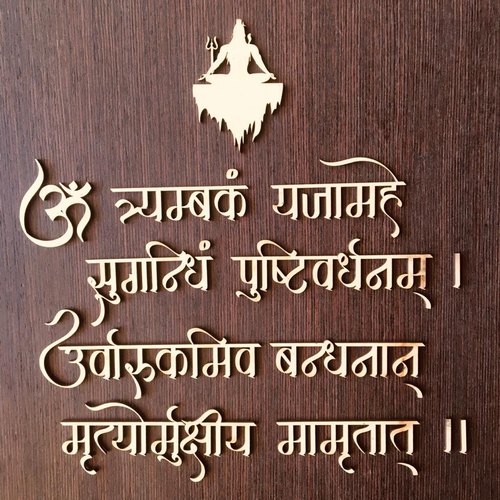
The mantra of Shiva “Om Namah Shivay” and the Mahamrityunjaya mantra has an enormous effect in our life. Mahamrityunjaya mantra is also known as the Mahakal Mantra. According to various scientific evidence, chanting the mantra relieves positivity which helps us to align our physical and mental body with the energy body.
Mahamrityunjaya Mantra is a verse from Yajurveda and Rig Veda which to date is one of the most powerful Mantra for our wellbeing. It confers the longevity of our existence and prevents premature death. It also generates an extraordinary amount of energy within to eliminate fears and heals holistically.
Shiva and His Followers

Shiva has followers and disciples in each of the Kalpa or Era in yogic time. In every part of Yugas or time realisation, Shiva had devotees. He is famous for having weed and marijuana. Nowadays in many countries, it is legal also. Those who believe nothing is required to be happy are definitely his fan. They include Ganas, Suras, Asuras, Devas, Naras, Naris, Bhutas, Danavas all creatures are fond of him.
Followers of Different Paths
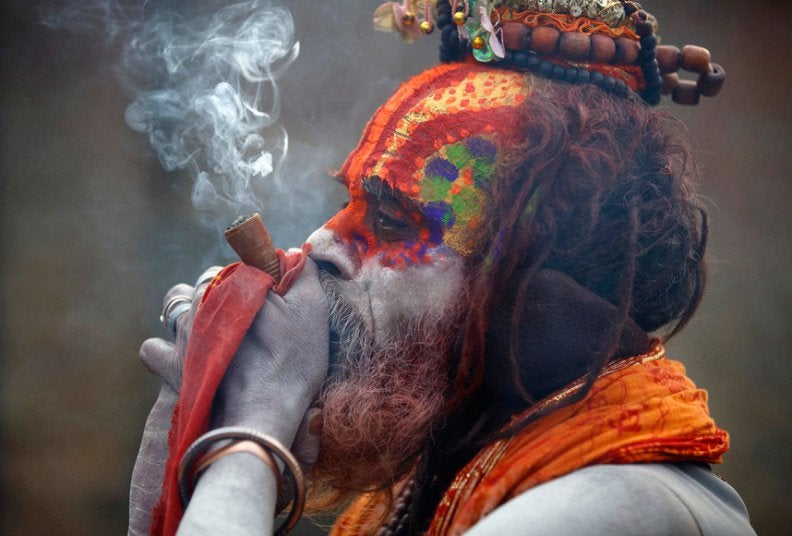
Shiv showed us both complex as well as an easy way to reach the path or “Marg” (in Sanskrit) for ultimate freedom. They are
- Aghor Marg
- Kapal Marg
- Pashupati Vrat Nirakar Marg
- Gyan Marg
- Paramattma Marg
- Tantra and Mantra Marg
Out of all these paths, the famous devotees are Tantrik, Aghori, Kapalik, and Naga Sannyasis.
Conclusion
There are so so many things to write about him. Many of these topics I have written are stories, myths, and glorification, and so on. Principally Shiva is all about sacrifice and renunciation. Living a peaceful life is all about this. You came with nothing and while you leave your body you will not be able to take something with you. So why be unhappy, sad, and leaving a useless life. So let’s cheer up and live a meaningful life.
Further Reading
Have you enjoyed reading about “How I’ve Become A Super Fan of “Shiva – The Adiyogi”? Also, check various Topics on Yoga and about Steps to Control Porn in young People also. Please check the article Overpopulation in India 2020also. Take a look at our collection of articles about books for life as well as other categories in health & Inspiring Indians Life also. Alternatively, read our article about the top benefits of honey for fighting against coronavirus to increase our stamina, & other interesting ideas for various vegetables in our daily groceries.


